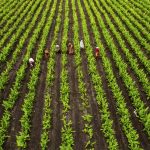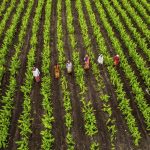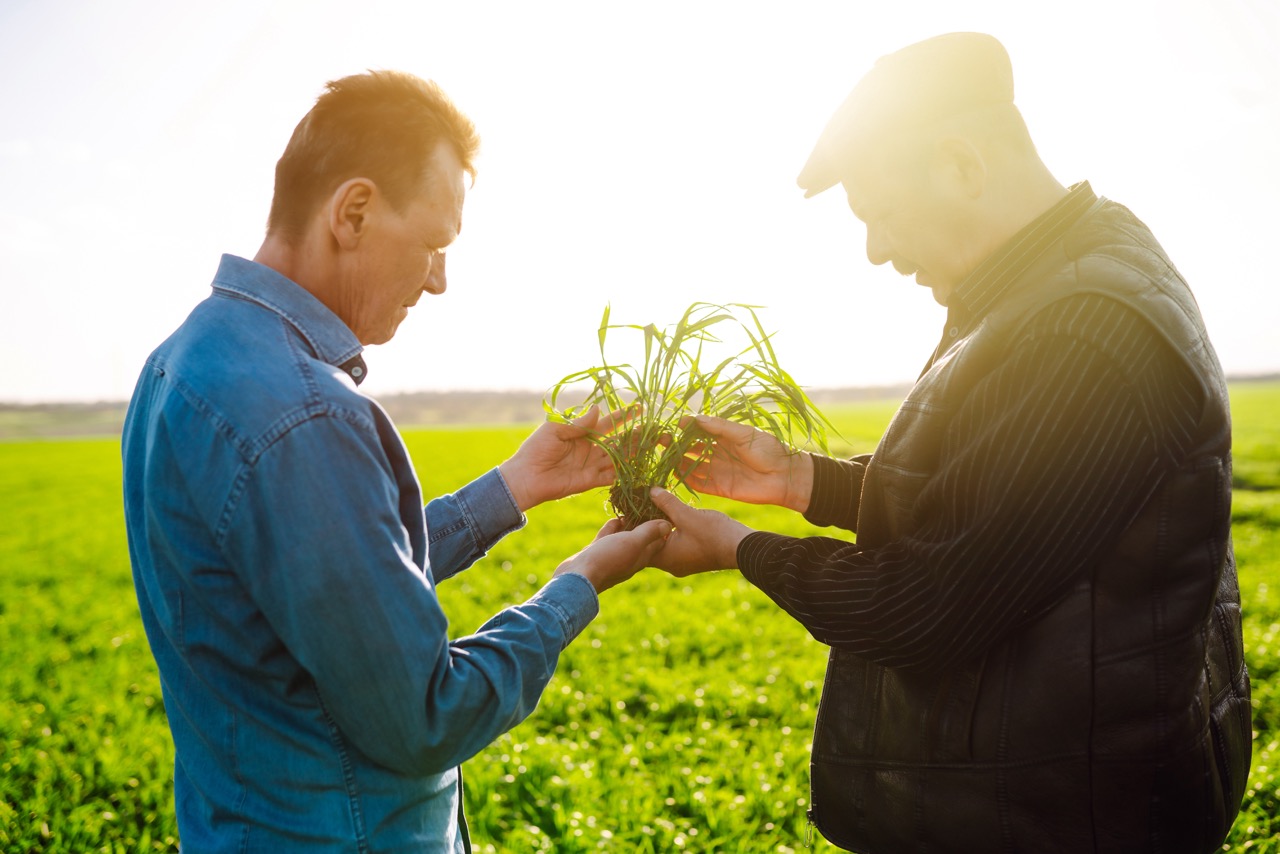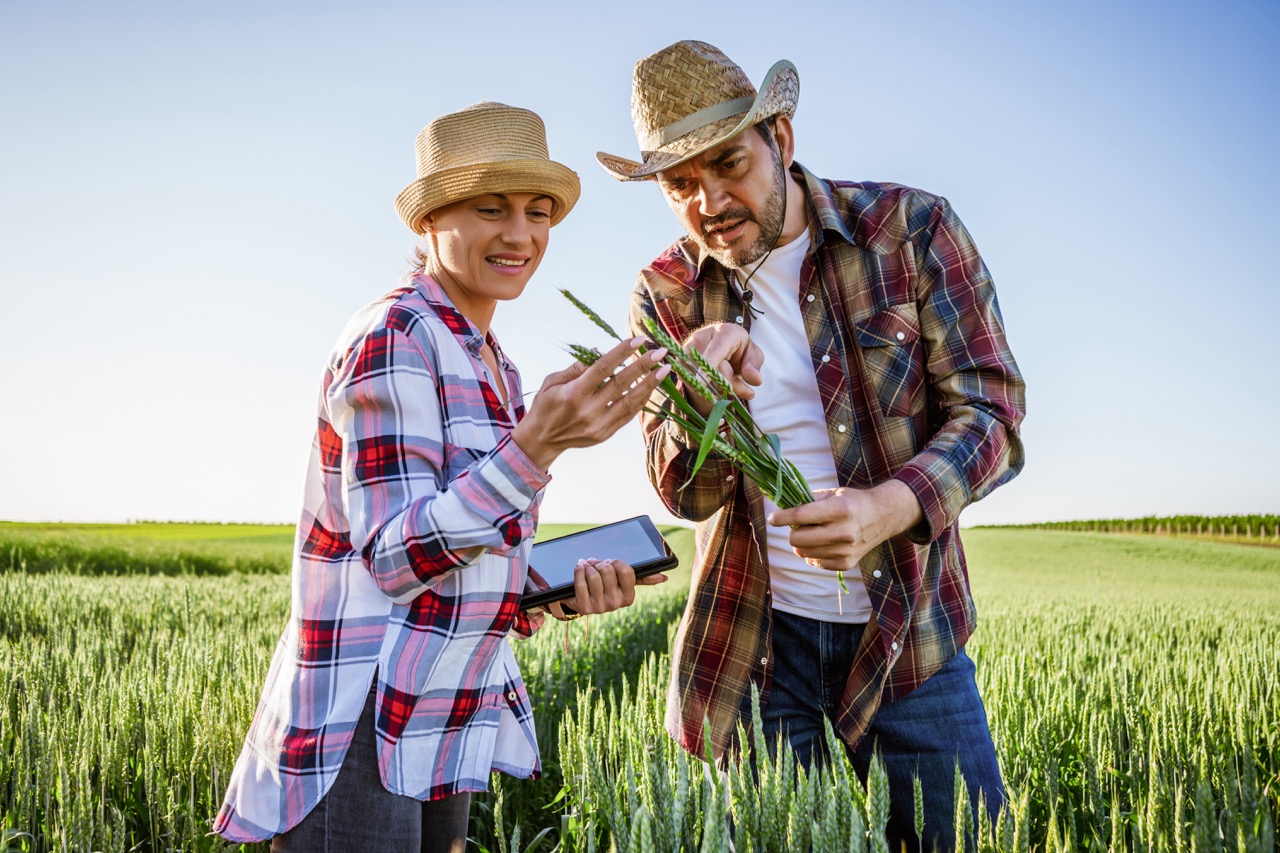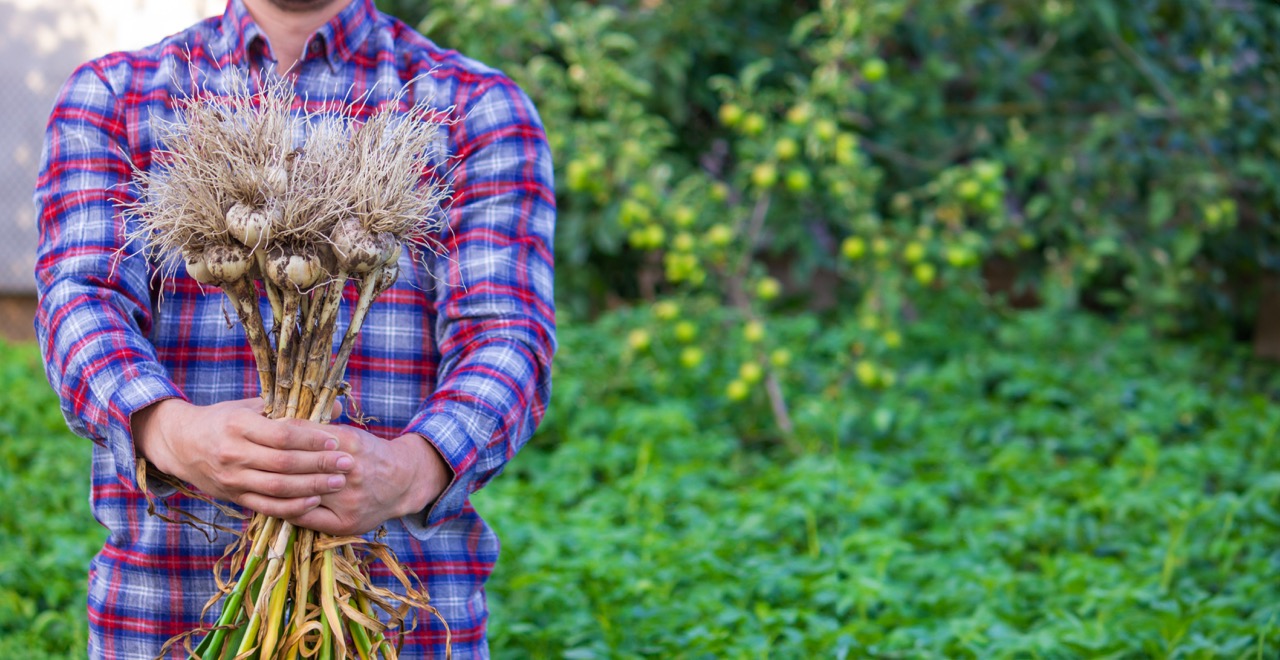As urban areas continue to expand and populations grow, the demand for locally sourced food has never been more pressing. Urban farming has emerged as a viable solution to address this need, yet many aspiring urban farmers face significant challenges, such as limited access to land and financial resources. One innovative strategy gaining traction is sharecropping, a model traditionally associated with rural agriculture. This article explores how sharecropping agreements can benefit urban farmers, fostering sustainable practices and contributing to the resilience of urban communities.
Understanding Sharecropping: A New Model for Urban Farming
Sharecropping is a system in which landowners allow farmers to cultivate their land in exchange for a share of the crops produced. While this model has deep roots in rural agrarian economies, its principles can be adeptly adapted to urban farming. In cities, where land is often scarce and expensive, sharecropping offers a way for urban farmers to gain access to land without the burdens of outright ownership. By forming agreements with landowners, farmers can leverage existing resources to cultivate edible landscapes while maintaining a sustainable income stream.
One of the primary benefits of urban sharecropping is the potential for collaboration between landowners—who may include individuals, community organizations, or local governments—and urban farmers. This partnership encourages the cultivation of underutilized spaces, such as vacant lots, rooftops, or community gardens. By repurposing these areas, urban farmers can not only enhance food security but also promote biodiversity and increase green spaces in densely populated neighborhoods.
Moreover, sharecropping agreements can foster a sense of community among urban farmers and landowners. By working together, they can share knowledge, skills, and resources, creating a network of support that benefits all parties involved. This collaboration can lead to the development of educational programs, workshops, and community events that raise awareness about urban agriculture and its benefits, ultimately nurturing a culture of sustainability within the city.
The Advantages of Sharecropping for Urban Agriculture Growth
The sharecropping model presents several key advantages for urban agriculture. Firstly, it reduces the financial barriers often associated with starting a farming venture. For many new farmers, the cost of land acquisition can be prohibitively high. Sharecropping agreements allow them to invest their time and effort into farming rather than spending their limited resources on purchasing land. This arrangement can make urban farming more accessible for individuals from diverse socio-economic backgrounds.
Additionally, sharecropping can lead to increased crop diversity in urban settings. With various farmers working on the same or adjacent plots of land, there is an opportunity for different crops and farming practices to be explored. This diversity not only enhances food options available to local consumers but also contributes to healthier ecosystems. By rotating crops and utilizing sustainable farming practices, sharecroppers can improve soil health and reduce the need for chemical inputs, fostering a more resilient urban agricultural system.
Finally, sharecropping can stimulate local economies. Urban farmers engaged in sharecropping often develop relationships with local markets, restaurants, and consumers, creating a direct supply chain that boosts economic activity. This model encourages the circulation of money within the community, as farmers reinvest their earnings into local businesses, thereby strengthening the economic fabric of the neighborhood. With the growing popularity of farm-to-table movements, the potential for urban sharecropping to contribute to a local food economy is significant.
Building Sustainable Communities Through Sharecropping Agreements
Sharecropping agreements can play a pivotal role in building sustainable communities. By integrating urban agriculture into the fabric of city life, these agreements promote social cohesion and community engagement. When urban farmers and landowners collaborate, they can create spaces that serve multiple purposes—growing food, hosting community events, and providing educational opportunities. This multifunctional approach transforms urban landscapes into vibrant community hubs that foster connection and cooperation.
The educational aspect of sharecropping cannot be understated. Through hands-on training, mentorship, and workshops, experienced farmers can share their expertise with newcomers, helping them navigate the complexities of urban agriculture. These educational initiatives empower individuals to grow food sustainably while also instilling a sense of responsibility towards the environment. As participants engage in hands-on learning, they become advocates for sustainable practices, inspiring others in their communities to adopt similar values.
Furthermore, sharecropping aligns with broader sustainability goals, such as reducing carbon footprints and addressing climate change. By promoting urban agriculture, cities can reduce their reliance on food transported from distant sources, which often involves significant greenhouse gas emissions. Urban sharecropping can thus serve as a model for cities aiming to enhance resilience against the impacts of climate change, fostering a more sustainable urban ecosystem that is capable of feeding its residents.
Overcoming Challenges: Sharecropping as a Solution for Cities
While sharecropping presents several advantages, it is not without its challenges. Issues such as land tenure security, varying levels of agricultural knowledge, and differing expectations between landowners and farmers can complicate these arrangements. However, these challenges can be mitigated through clear communication, well-defined agreements, and ongoing support from local organizations or agricultural extension services. Establishing frameworks that outline responsibilities and expectations can help ensure that both parties benefit from the partnership.
Additionally, the legal aspects of sharecropping can pose challenges in urban environments. Zoning regulations and land use policies may not always accommodate agricultural practices within city limits. To address this, advocates for urban agriculture can work to influence policy changes that support sharecropping and urban farming initiatives. By engaging with local governments and community organizations, urban farmers can help shape a regulatory landscape that is more conducive to their needs.
Finally, fostering a culture of collaboration and shared ownership is crucial for the success of urban sharecropping arrangements. Building networks among urban farmers, landowners, and local advocates can create a sense of community that encourages problem-solving and resource sharing. By working together, stakeholders can develop innovative solutions to common challenges, ensuring that sharecropping remains a viable and beneficial model for urban agriculture.
In conclusion, sharecropping agreements offer urban farmers a unique opportunity to access land, share resources, and cultivate sustainable agricultural practices within city environments. By fostering collaboration between landowners and farmers, these agreements can not only enhance local food systems but also contribute to stronger, more resilient communities. As cities navigate the complexities of urban agriculture, embracing the principles of sharecropping can pave the way for a more sustainable and equitable future for all urban residents.
